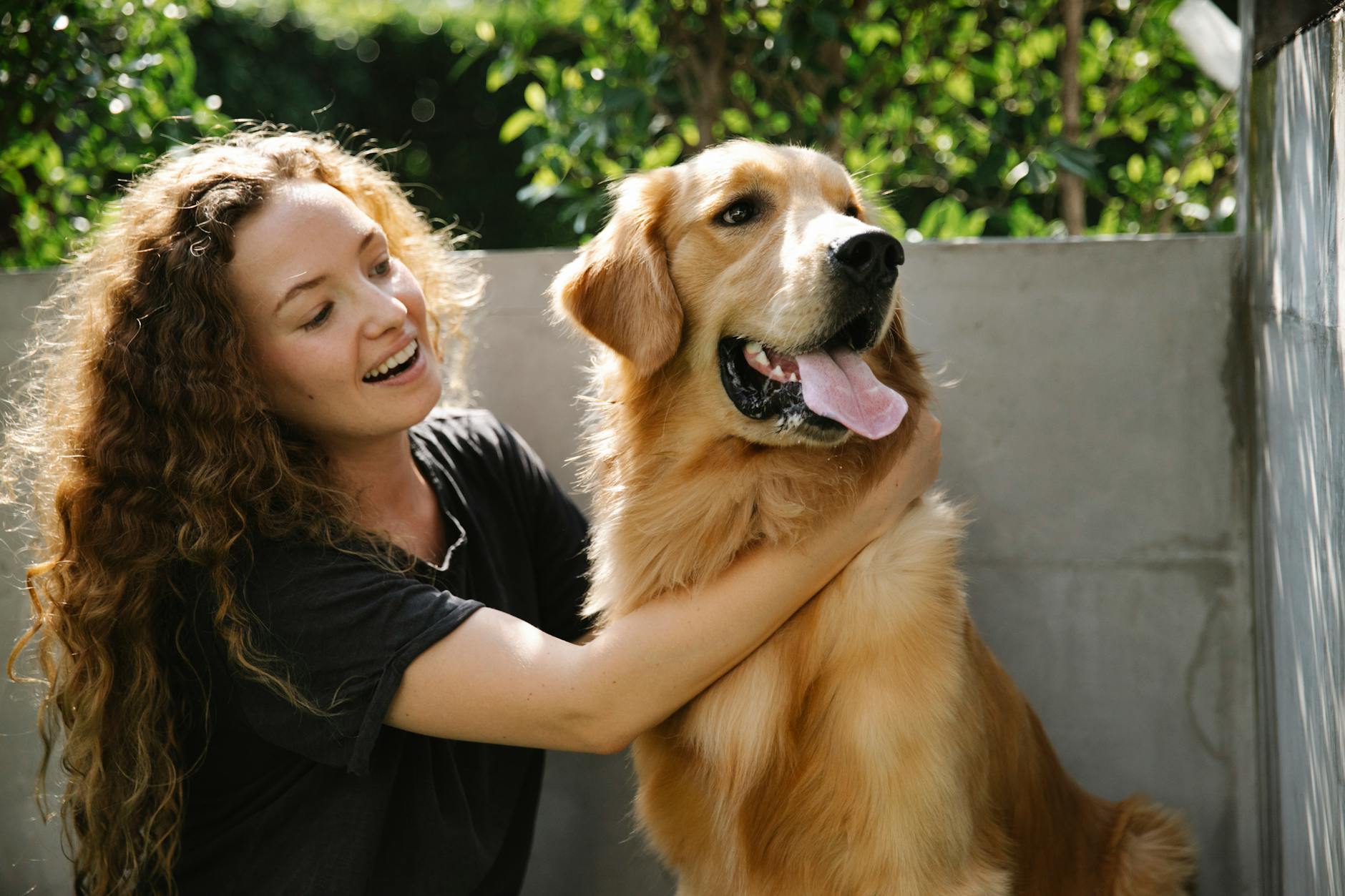Clicker Training Guide for Pup Parents

Clicker training is a popular, effective, and humane method to teach dogs new behaviours, obedience, and tricks. This article provides dog owners with a step-by-step guide on using clicker training to successfully communicate with their furry companions.
What is Clicker Training?
Clicker training is a positive reinforcement method that uses a distinct clicking sound to mark the exact moment a dog performs a desired behaviour. The clicker is a small hand-held device that makes a consistent noise when pressed. This noise is consistently paired with a treat or reward, so the dog learns to associate the sound with something positive.
The Basics of Clicker Training
Step 1: Charging the Clicker
Before starting the training, you must 'charge' the clicker. This means you'll help your dog make the connection between the click sound and the reward.
- Prepare a handful of tasty treats your dog loves.
- Press the clicker and immediately give your pup a treat. Repeat this multiple times in short sessions over a day or two.
Step 2: Capturing a Behavior
The first step in clicker training is to 'capture' a behaviour as your dog naturally does.
- Watch your dog closely.
- When they perform a desired behaviour (like sitting or lying down naturally), immediately press the clicker and give a treat.
Step 3: Shaping a Behavior
Once your dog understands that the clicker means a treat is coming, you can begin to 'shape' behaviours.
- Decide on a simple behaviour you'd like to train.
- Break the behaviour into small steps. 3 Cont. Click and treat for each successful step towards the whole behaviour.
Step 4: Adding a Cue
After your dog consistently performs the behaviour in response to the shaping process, it's time to add a verbal or visual cue.
- Decide on a clear, consistent command or signal for the behaviour.
- Begin giving the cue immediately before your dog performs the behaviour.
- Once they do the behaviour in response to the cue, click and treat.
Step 5: Practicing and Refining
Practice makes perfect. Continuously reinforce the cued behaviour with clicker training sessions, and remember to keep them fun and positive for your dog.
- Practice the behaviour in different situations and with different distractions.
- Gradually reduce the frequency of treats but maintain the click to mark the behaviour.
Step 6: Fading the Clicker
Eventually, the clicker can be phased out for well-established behaviours.
- Slowly replace the click+treat with just praise or occasional treats.
- Continue to use the command, and reward your dog intermittently to reinforce the behaviour.
Advantages of Clicker Training
- Precision: The click sound precisely marks the desired behaviour, which helps your dog understand exactly what they are rewarded for.
- Consistency: The clicker creates a consistent signal that doesn't change, regardless of mood or situation.
- Positive Reinforcement: Clicker training is based on rewarding good behaviour, which promotes a happy and stress-free environment for learning.
- Speed of Learning: With clicker training, dogs learn new behaviours more quickly than other methods.
Summary
Clicker training is invaluable for pup parents who wish to build a robust and communicative bond with their dogs. By following the step-by-step guide above, you'll be able to effectively teach your dog obedience and tricks in an enjoyable way for both of you. Remember that patience and consistency are essential; always ensure short, positive, and enjoyable training sessions.